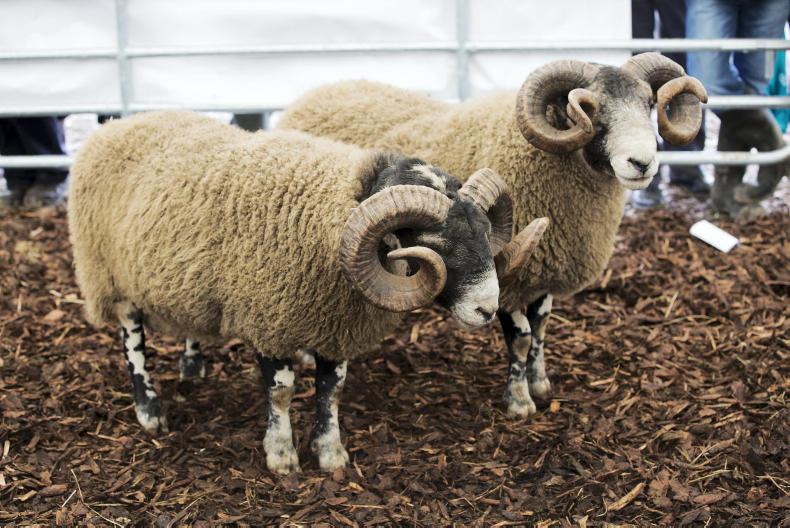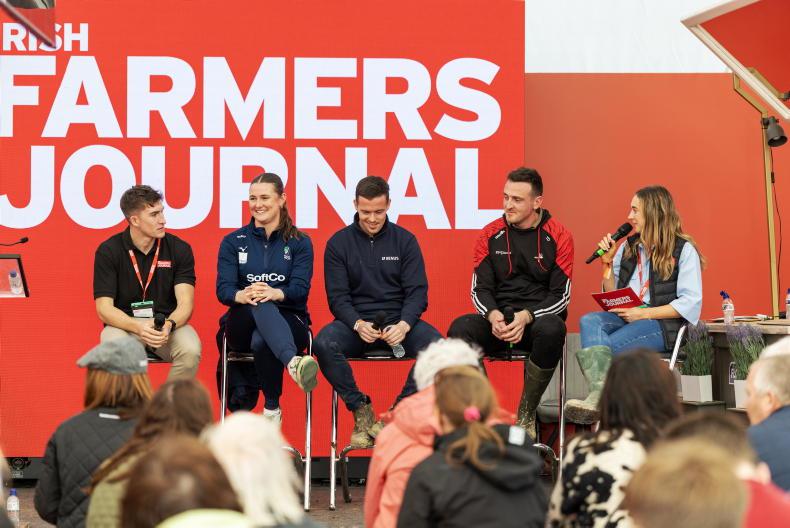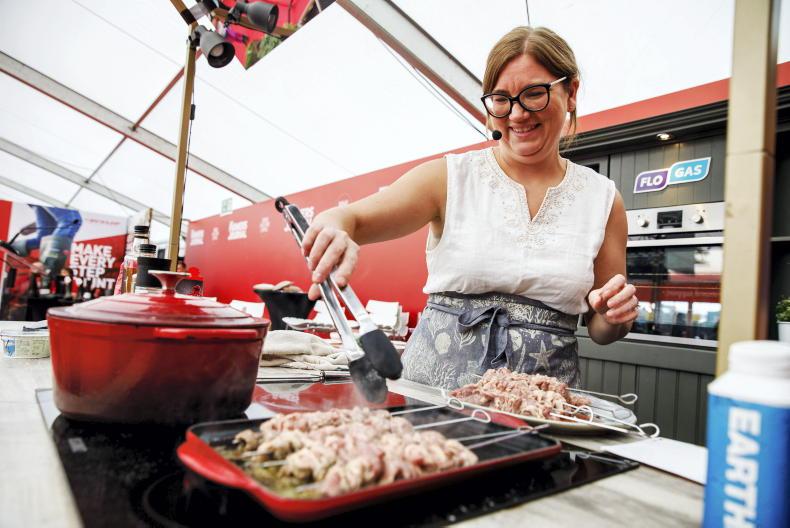Breeding ewe lambs has the potential to increase flock output. However, if not implemented in the correct manner, it can have the opposite effect, leading to poor performance and possibly lower lifetime performance.
The first question that should be asked if considering breeding ewe lambs is whether or not it will suit the farming system. Factors to consider are a higher level of management and possibly labour required, the capacity to run ewe lambs as a separate group and good lambing facilities.
Weight targets
Where a decision is taken to breed ewe lambs, hitting weight targets is one of the key criteria to get right. Ewe lambs should be at least 60% of mature weight at mating.
For example, larger lowland breeds with a mature liveweight of 75kg to 80kg should be 45kg to 48kg at mating. Teagasc research shows that the heavier lambs are at mating, the greater the chance of ewe lambs rearing a lamb are.
This is particularly important early in the breeding season, due to lambs entering puberty at a lighter weight as the year progresses.
Desirable traits
When selecting replacements, it is also important to use a combination of the animal’s own performance and desirable physical traits. Progeny should ideally be selected from high-performing ewes with good maternal breeding derived from its sire/dam.
The impact of knowing the background breeding was demonstrated during the livestock demos, where Texel-cross ewe lambs from two rams with a varying replacement index were displayed by Sheep Ireland.
While being very similar in appearance, the expected performance of progeny from ram one and ram two are very different. Their indices are displayed in Figure 1.
Both rams have been used through the central progeny test (CPT) programme run by Sheep Ireland and also have a high level of information recorded on their progeny’s performance.
As such, they have a high accuracy figure of 65% and 66% respectively on the replacement index.
Sheep Ireland explains that increasing accuracy figures to these levels is a challenge for a sector with a low level of performance recording and this is the reason behind a continuous drive to increase recording at farm level.
Ram two is superior for all traits. He is in the top 12% of his breed for lamb survivability and top 10% of his breed for both the number of lambs born and predicted daughter milk yield.
His progeny will take 1.27 days longer to reach slaughter compared with ram one, which is superior in this area. However, this is not surprising, with the goal to produce good-quality maternal replacements rather than lambs with very good terminal traits.
The ram still has a positive terminal index figure, with factors such as lamb survivability and lambing ease included in the matrix.
All of these factors combine to give ram two a replacement index value of €1.17 compared with -€2.01 for ram one – a difference of €3.18.
Putting this into practice at farm level, we look at a scenario where each ram is mated with 40 ewes and rears 1.5 lambs per ewe mated, 60 lambs in total.
Allowing for a 50:50 ratio of female to male, this gives 30 ewe lambs with breeding potential. Allowing for drafting of ewe lambs that do not make the cut (20% culling), there could be potentially 20 to 24 ewe lambs suitable to be retained for breeding. Over four breeding seasons, this means there could be 96 ewe lambs retained for entry into the flock.
While the value of €3.18 in predicted breeding performance per ewe lamb is not massive, the increase in performance will be cumulative if a similar breeding programme is kept in place, with the flock improving year-on-year.
The replacement index also factors in male lambs destined for slaughter. Sheep Ireland says that given the difference of €3.18 again between one- and five-star rams, the total cumulative return from using five-star rams across female and male progeny will rise to over €700.
Parentage recording
One of the proposed measures for hill flocks in the new Animal Welfare Sheep Scheme offering support of €10/ewe is the use of rams with parentage recording.
Its inclusion is aimed at identifying the background breeding of ewes and rams and allowing rams to be selected that have superior predicted performance for lamb survivability in particular.
Sheep Ireland explains that parentage recording in hill flocks is also vital to guard against inbreeding and allow selection of bloodlines that complement each other in breeding decisions.
Two rams from the Trenearla Blackface flock run by Michael Ketch in Millarstown, Stradbally, Co Waterford, were used to highlight the importance of parentage recording ahead of this year’s breeding season.
Michael has been recording the performance of all progeny for some time in his flock and is now performance-recording over 1,000 lambs annually.
Sheep Ireland says that the end goal is to get to a situation as shown in Figure 2, where the ram shown has a full breeding ancestry.
This will not happen overnight and Sheep Ireland is encouraging flock owners interested in becoming involved in flock recording to make contact through query@sheep.ie or calling 1850 601 901.












SHARING OPTIONS